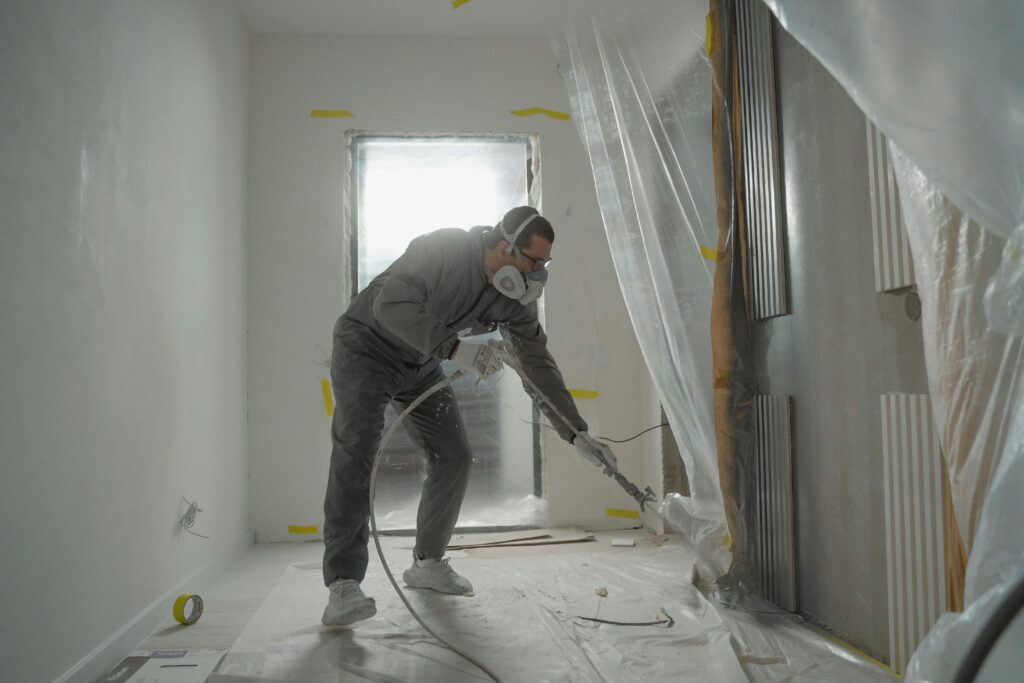Understanding Mold: Types and Growth Conditions
Mold is a type of fungus that thrives in damp, humid environments. Understanding the various types of mold, such as black mold, white mold, and others, is crucial for homeowners seeking to identify potential problems before they escalate.
Different molds have distinct characteristics and health implications. For example, black mold (Stachybotrys chartarum) is notorious for its toxicity, while other molds may cause allergic reactions. Mold growth is often accelerated by moisture from leaks, high humidity, or poor ventilation, making it essential to address any water-related issues promptly.
Symptoms of Mold Exposure: Recognizing the Signs
Exposure to mold can lead to a variety of health issues, which can be particularly concerning for sensitive individuals, such as those with asthma or allergies. Common symptoms include respiratory problems, skin irritation, and fatigue, which may often be mistaken for other conditions.
In some cases, prolonged exposure can lead to more severe health problems, including chronic respiratory diseases. Homeowners should be vigilant about monitoring their living environments for signs of mold and seek professional assistance if they notice symptoms that could be related to mold exposure.
Mold Remediation: Steps to Safeguard Your Home
Mold remediation is the process of removing mold from your home to prevent health risks and property damage. It involves identifying the source of moisture, containing the mold, and safely removing it to restore a safe living environment.
Professional services, like those offered by 24 Hour Flood Fighters, typically include thorough inspections, effective cleaning methods, and preventive measures to ensure mold does not return. Homeowners should consider scheduling regular inspections, especially in areas prone to moisture, to maintain a mold-free home.
Preventing Mold Growth: Best Practices for Homeowners
Preventing mold growth is key to maintaining a healthy home environment. Simple practices such as controlling indoor humidity, ensuring proper ventilation, and promptly addressing leaks can significantly reduce the risk of mold development.
Additionally, regular maintenance of roofs, gutters, and drainage systems can help keep moisture levels in check. Homeowners should also consider using mold-resistant products during renovations and be proactive about inspecting hidden areas like basements and attics for early signs of mold.

